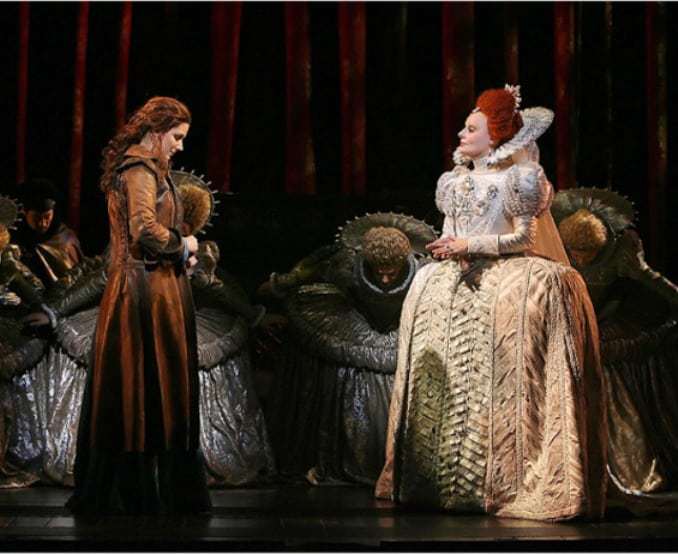When many or most people think of pirates, the image that most often comes to mind is probably somebody like the notorious Blackbeard, with thick facial hair down to his waist. However, a beard was never a prerequisite for becoming a pirate, nor, for that matter, was it even necessary to be a male in order to go about plundering ships on the high seas. The historic record has many examples of female pirates, including one who was arguably history’s most successful pirate, ever. Following are ten of history’s most fascinating female pirates.
Anne Dieu-le-Veut, French Ride or Die Buccaneer
Anne Dieu-le-Veut (1661 – 1710) was a female French buccaneer during the Golden Age of Piracy, who earned a reputation for courage in combat and ruthlessness. Her name, which means “Anne God Wants It”, was reportedly earned because her determination and willpower were so strong, that whatever she wanted seemed to have been what God Himself wanted.
She arrived in the Caribbean as one of the so-called “Filles de Roi“, or “King’s Daughters” – impoverished women, many of them convicted criminals, deported to far-off colonies. There, they were expected to turn a new leaf and start a new life, settling down and marrying French colonists. Anne ended up in Tortuga, off Haiti’s northern coast. There, in 1684, she married a buccaneer, Pierre Lelong, and had a child with him. When Lelong was killed in a fight in 1790, she married another buccaneer, Joseph Cherel.

Anne became a widow once more, in 1693, when Cherel was killed in a bar fight by another buccaneer, Laurens de Graaf. So Anne challenged de Graaf to a duel to avenge her husband. He drew his sword, but when she pulled out a pistol, cocked it, and took aim, de Graaf had second thoughts, and remembered that chivalry forbids men from fighting women. He also proposed to her on the spot, supposedly because he admired her courage, which could well have been true. But it was also true that she had a cocked pistol aimed at his chest, and the quick-thinking romantic gesture might have saved his life. Either way, Anne accepted.
She accompanied de Graaf on his buccaneering, fighting by his side, and sharing his work and the command of his ship. Unlike other female pirates of the era, Anne made no attempt to conceal her sex, but went about openly as a woman, notwithstanding the superstition that women aboard ship were bad luck. Instead, she was considered a kind of mascot and lucky charm by her ship’s crew.
In 1693, Anne and her husband attacked the English in Jamaica, and in retaliation, the English in 1695 attacked Port-de-Paix in Haiti, where Anne dwelt when ashore. The English captured and sacked the town, and took Anne and her children prisoner. They were kept hostage for three years, before they were finally released in 1698. Following her release from captivity, Anne Dieu-le-Veut disappears from the historic record. Unconfirmed stories have her and Laurens de Graaf settling in Mississippi or Alabama, but the last reliable mention of her is her death in 1710.

